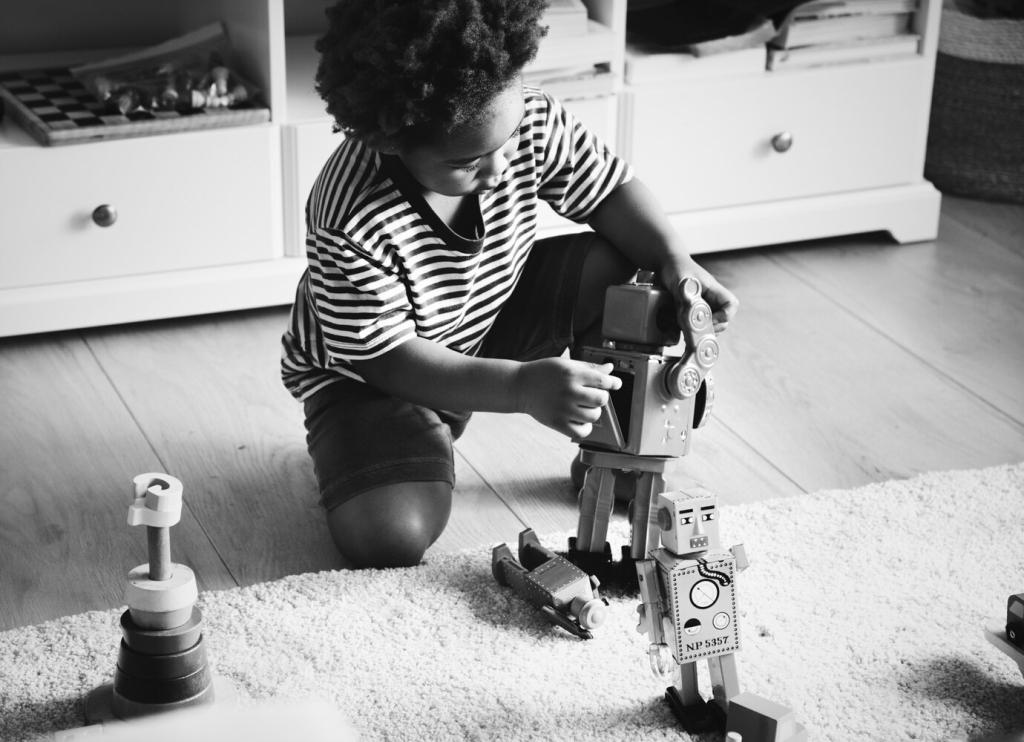
Spark Curiosity with DIY Robotics Kits for Children
Chosen theme: DIY Robotics Kits for Children. Welcome to a hands-on world where tiny screws, bright LEDs, and big imaginations create unforgettable learning. We share approachable guidance, heartwarming stories, and practical tips that help families and classrooms start building, coding, and smiling together.
Age-Appropriate Choices
Look for kits that align with your child’s developmental stage: snap-fit parts for younger builders, simple sensors for tweens, and programmable microcontrollers for older kids. Balancing challenge and clarity boosts confidence and keeps curiosity alive, week after week.
Safety First, Fun Always
Choose kits with rounded components, clear manuals, and low-voltage power. Establish ground rules for tools and tidy habits before the first screw turns. When safety becomes routine, kids relax, explore bravely, and focus on joyful experimentation.
Skills That Grow with Every Screw and Line of Code
When wheels don’t spin or sensors misread light, kids learn to isolate variables, test assumptions, and iterate calmly. These small victories teach structured thinking, patience under pressure, and creative detours that often lead to better, smarter designs.


Skills That Grow with Every Screw and Line of Code
Block-based coding tools help children connect logic with movement, translating colorful commands into rolling, blinking, and beeping delight. As understanding grows, they can explore text-based languages, bridging playful experimentation with solid foundations in computational thinking.
Setting Up a Kid-Friendly Maker Space

Smart Layout and Lighting
Provide a sturdy surface, good task lighting, and a mat to catch tiny screws. Keep laptops or tablets upright and away from spills. A calm, bright workspace reduces frustration, encourages precision, and makes longer sessions feel comfortable and fun.

Tools Sized for Small Hands
Choose magnetic screwdrivers, blunt tweezers, and low-heat glue tools designed for kids. Include painter’s tape, zip ties, and a small ruler. When tools feel approachable, children handle components carefully and enjoy greater independence during each build.

Storage That Teaches Order
Sort parts into labeled bins: gears, wheels, sensors, wires, and spare fasteners. Make cleanup a celebratory final step, not a chore. Want our printable labeling guide and weekly organizing tips? Subscribe and keep your maker corner effortless and inspiring.
Project Pathways: From Simple Bots to Creative Marvels
Create a motor-powered drawbot with markers for legs, or a wiggle bot that dances across paper plates. These playful builds teach balance, vibration, and polarity. Share a photo of your child’s favorite doodle pattern and the tweaks that made it unique.
Guidance for Parents and Educators
Coach, Don’t Command
Ask guiding questions instead of giving answers: What changed since the last test? Which wire could be reversed? This approach keeps ownership with the child, building autonomy and pride in solving problems through steady, thoughtful experimentation.
Celebrate Mistakes as Data
A stuck wheel or buzzing motor isn’t failure; it’s information. Model curiosity: log observations, change one variable, retest. Over time, kids internalize that consistent process beats lucky guesses, and setbacks become stepping stones toward mastery.
Connect to Classroom and Clubs
Tie builds to science standards, math measurement, and literacy through journaling. Join school maker clubs or robotics teams for community and accountability. Tell us which topics your learners struggle with most, and we’ll craft future guides around them.
Begin with a modest kit, then add sensors and modules as interest grows. Reuse chassis and swap boards to stretch value. Share your family’s favorite budget tip or discount find so new builders can start confidently without overspending.

Diagnose Systematically
Test one variable at a time: power, connections, sensors, then code. Encourage children to narrate their steps aloud. This simple ritual slows panic, reveals patterns, and builds confidence as problems shrink into manageable, solvable tasks.
Debugging with Checklists
Create a friendly checklist: fresh batteries, tight wires, correct ports, updated code, and sensor orientation. Turning chaos into a routine reduces stress and speeds success. Want our kid-tested template? Subscribe, and we’ll send a printable version for your workspace.
When to Ask the Community
Teach kids to document the issue, capture photos, and share concise details when seeking help. Online maker forums cherish respectful questions and follow-up success stories. Comment with your toughest bug, and let’s crowdsource a gentle, effective fix together.
